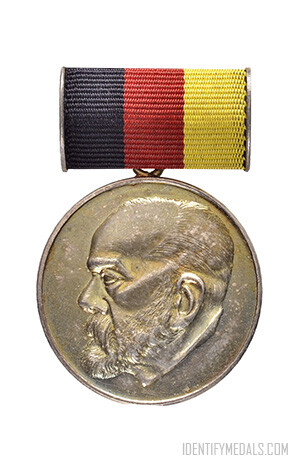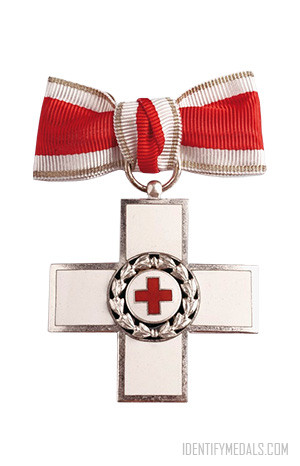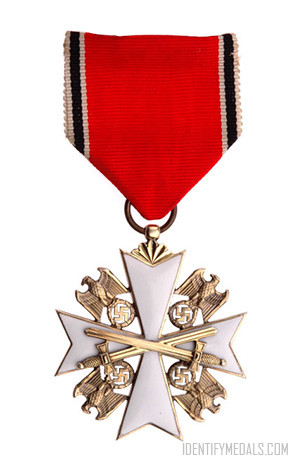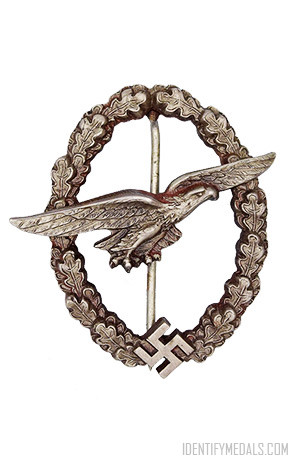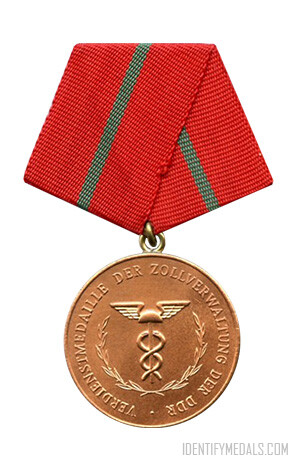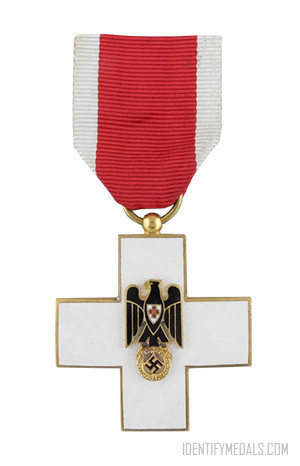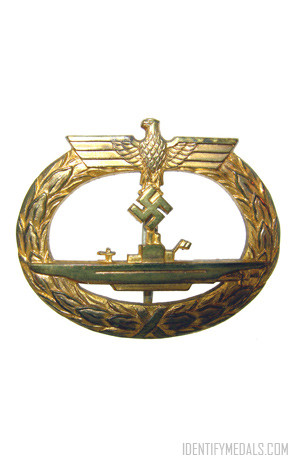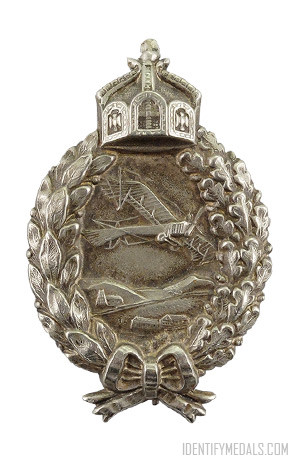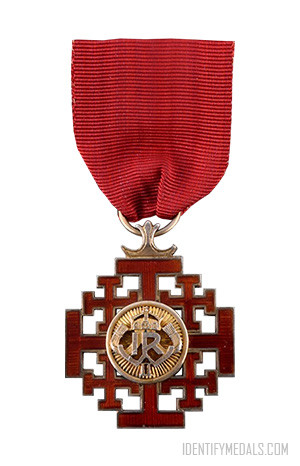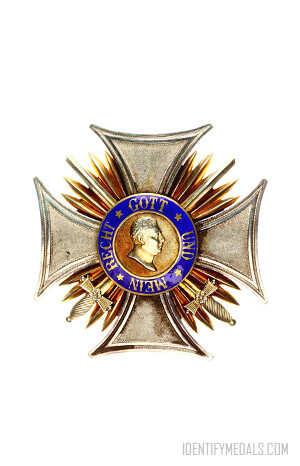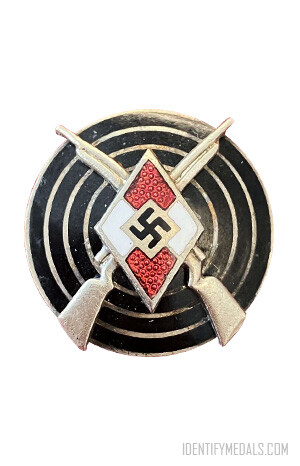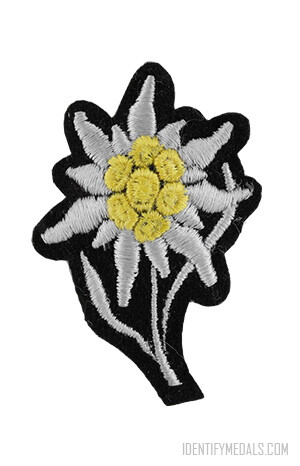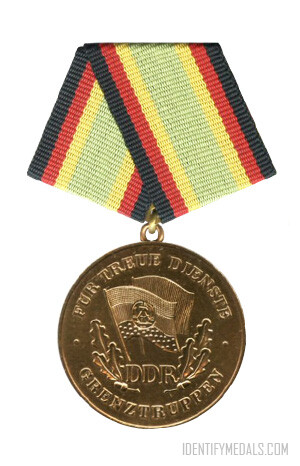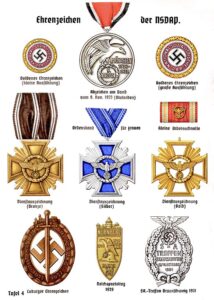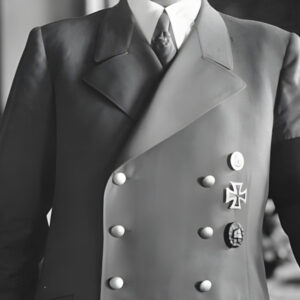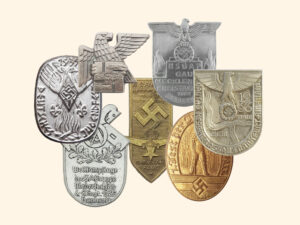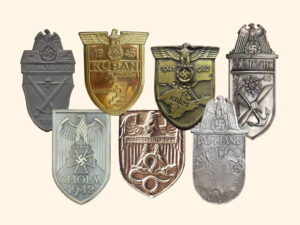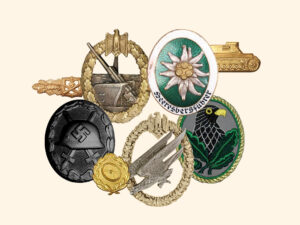- Time Period: Post-WW2
- Institution: 31 March 1949
- Country: Germany (GDR DDR German Democratic Republic)
The title Honored Doctor of the People (or Verdienter Arzt des Volkes in German) was the highest national award of the German Democratic Republic or GDR for medical professionals, presented in the form of an honorary title with a certificate and a wearable medal.
The honorary title was established on March 31, 1949. The creation of this title was driven by the increasing tendency of doctors to move to West Germany. To retain this essential professional group in the GDR, the German Economic Commission introduced this honorary title along with various privileges.
The Honored Doctor of the People Medal Criteria
The title was awarded for significant and outstanding achievements in scientific medical research, practical medical work, health protection organization, university teaching, and the training of medical personnel in the GDR. It could also be awarded to individuals for exceptional contributions to public health education, exemplary dedication to the service of life and health of GDR citizens, and strengthening the trustful relationships with patients. Besides doctors, dentists could also receive this title. Additionally, the award could be given to individuals promoting international cooperation, particularly with the Soviet Union, in health and social services.
The title could only be awarded to an individual once, with a maximum of 30 titles awarded annually. Recipients received a medal, an honorary certificate, and a cash prize of up to 8000 marks. The awards were typically presented on December 11th, the birthday of Robert Koch and the GDR Health Day, in a formal ceremony by the Minister of Health.
The Honored Doctor of the People Medal Design
The initial bronze medal had a diameter of 30.5 mm with a ridged edge, featuring a right-facing portrait of Robert Koch with glasses on the obverse. The reverse displayed the two-line inscription “VERDIENTER ARZT / DES VOLKES” (“Meritorious Doctor of the People”) beneath three laurel leaves, along with the year of the award.
Initially, the medal was worn on a black-red-gold ribbon bow. From 1955, it was worn on a 28.5 × 15.5 mm rectangular cloth-covered clasp with black, red, and gold stripes, featuring a 3.5 mm wide horizontal silver stripe.
Appearance
From 1958, the medal was made of silver and featured Koch’s portrait without glasses. In 1973, it was silver-plated. The reverse depicted three upright bound laurel leaves surrounded by the inscription “VERDIENTER ARZT” (top) “DES VOLKES” (bottom). In 1978, the laurel leaves were replaced by the GDR state emblem, while the inscription remained unchanged.
Between 1958 and 1978, the medal was worn on a 25 × 14 mm black-red-gold cloth-covered clasp. The interim clasp displayed a 10 mm miniature of the medal’s obverse. After 1978, the clasp was changed to blue cloth with a white border, and the interim clasp continued to show the miniature of the medal’s obverse.

